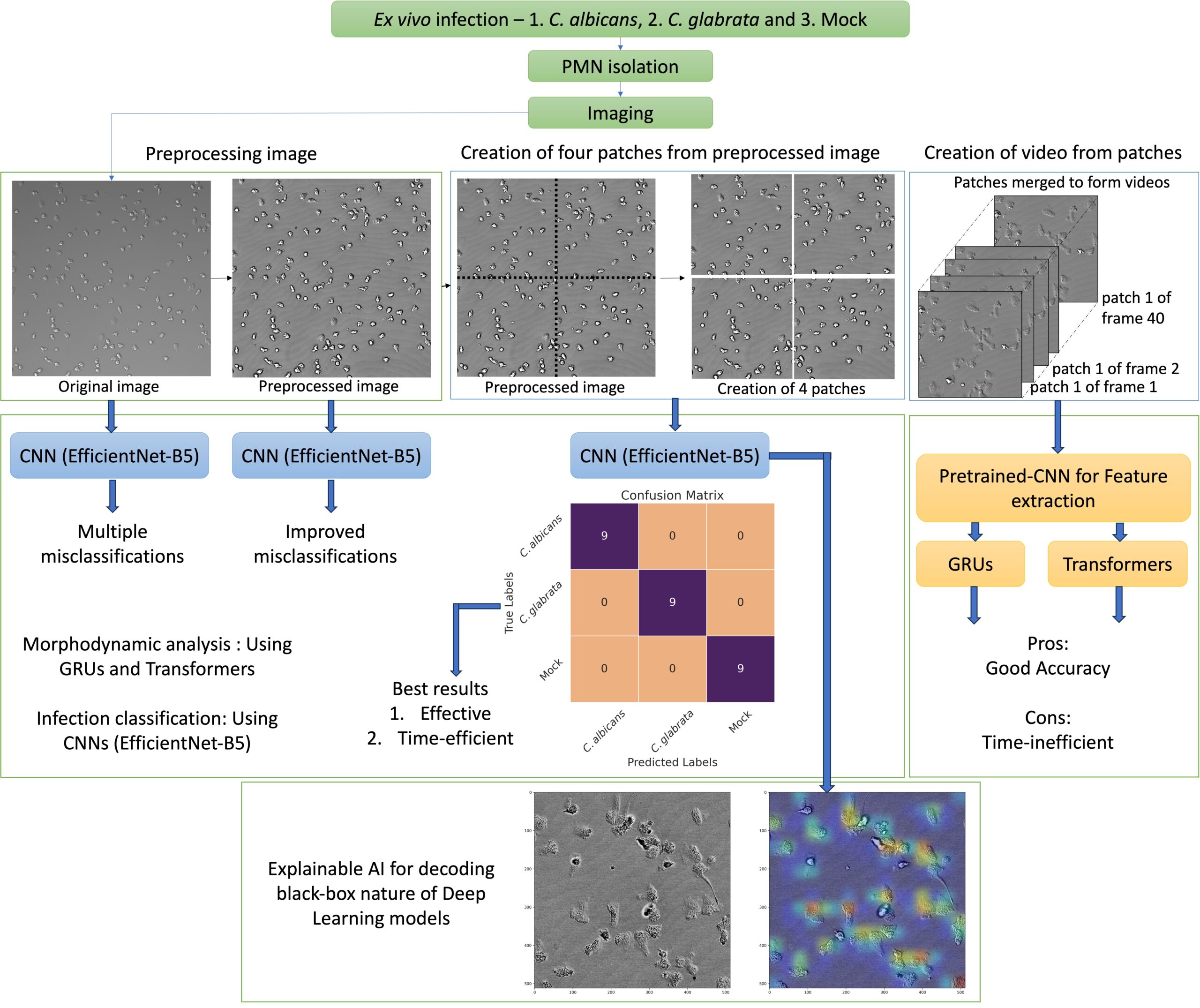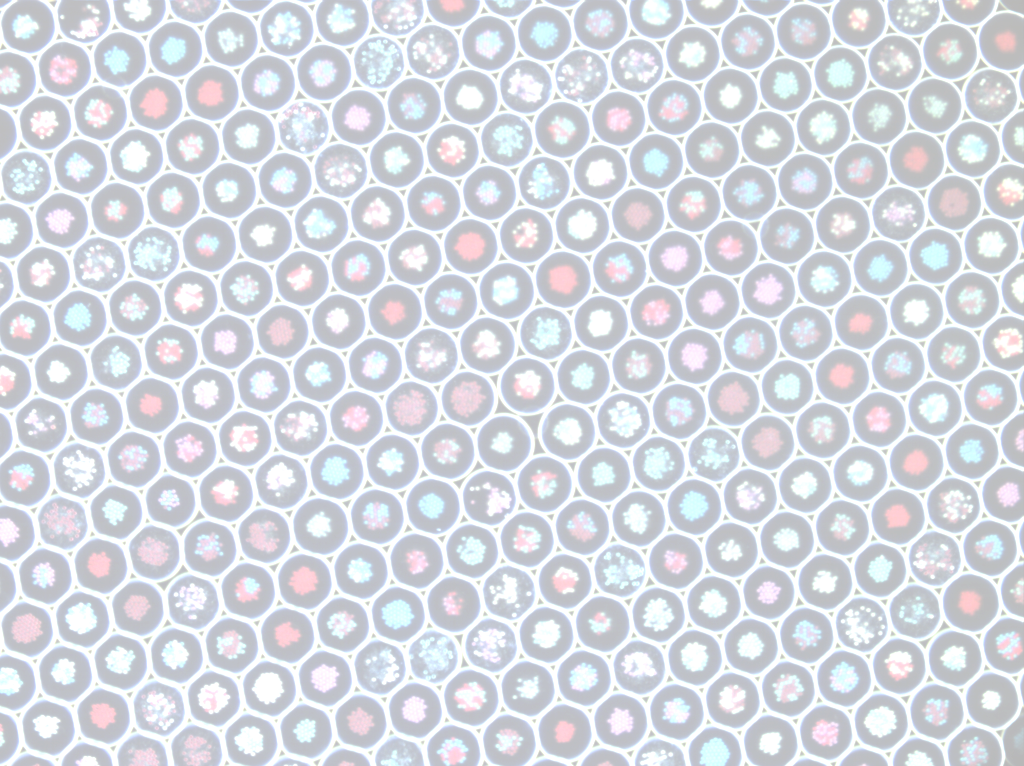Invasive pulmonary aspergillosis is associated with a high mortality rate and poses a direct threat to immunocompromised patients. Here, we present the invasive aspergillosis-on-chip (IAC) model to investigate Aspergillus fumigatus infection in vitro. The model allows the study of the lateral growth and the invasive behaviour of fungal hyphae from the epithelium into the endothelial cell layer in an alveolus-on-chip model. We established an algorithm-based analysis pipeline for three-dimensional confocal microscopy images to visualize and quantify fungal morphology, including hyphal growth and branching. Human macrophages in the IAC model partially inhibited the growth of the fungus, contributed to the release of proinflammatory cytokines (IL-1, IL-6, TNF) and chemokines (IL-8 and MCP-1) associated with an increased number of invasive hyphae. Similar to in vivo, the application of the fungistatic drug caspofungin limited the fungal growth and resulted in morphological changes of the hyphal tree previously described in other studies. The IAC infection model allows the identification and characterization of cellular infection targets and in vitro testing of antifungal drugs in clinically relevant concentrations. It thus represents a promising tool to broaden the understanding of pathogenicity and pathophysiology of invasive aspergillosis.
Detection of Bloodstream Infections
The objective is to enhance early pathogen identification in bloodstream infections by rapid and precise analysis of neutrophil behavior to…
Droplet analysis – Encoding/Decoding Strategy
Microfluidic droplet handling is an ultra-high throughput technique that allows for encapsulation of single microbes in isolated compartments to, for…







